Fossil energy sources, including oil, coal and natural gas, are non-renewable resources that formed when prehistoric plants and animals died and were gradually buried by layers of rock. Over millions of years, different types of fossil fuels formed -- depending on what combination of organic matter was present, how long it was buried and what temperature and pressure conditions existed as time passed.
Today, fossil fuel industries drill or mine for these energy sources, burn them to produce electricity, or refine them for use as fuel for heating or transportation. Over the past 20 years, nearly three-fourths of human-caused emissions came from the burning of fossil fuels.
The Energy Department maintains emergency petroleum reserves, ensures responsible development of America’s oil and gas resources and executes natural gas regulatory responsibilities. In addition, scientists at the Energy Department’s National Labs are developing technologies to reduce carbon emissions and ensure fossil energy sources play a role in America’s clean energy future.
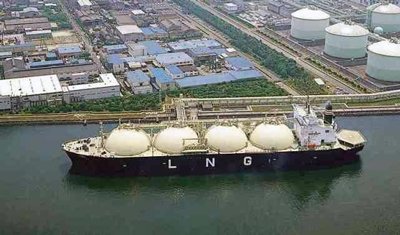
Natural Gas
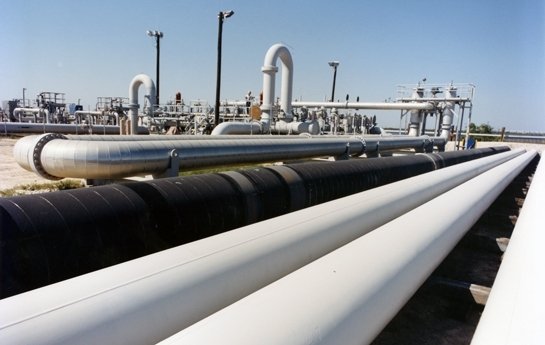
Oil
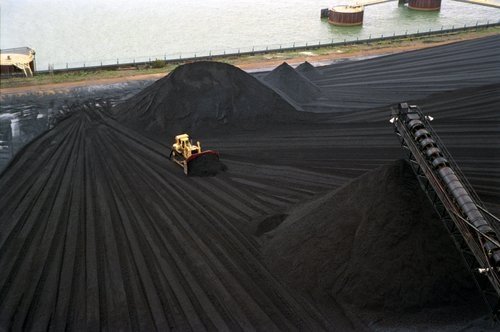
Coal
Learn More
-
This webpage has been developed to answer the many questions that people have about shale gas and hydraulic fracturing (or fracking). The information provided below explains the basics, including what shale gas is, where it’s found, why it’s import...
-
The Building Technologies Office works closely with the DOE-funded national labs to develop and demonstrate energy-efficient technologies. The Emer...
-
The Energy Department is fighting climate change through science, clean energy research, and energy efficiency in our homes, businesses and vehicles.
Featured Content
-
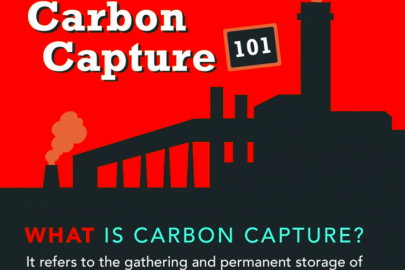 Carbon capture is an important part of the Energy Department's Fossil Energy research and development efforts, but how does it work? This infographic breaks it down for you.
Carbon capture is an important part of the Energy Department's Fossil Energy research and development efforts, but how does it work? This infographic breaks it down for you. -
Yesterday, January 10, 2017, NRG Energy, Inc. (NRG) and JX Nippon Oil and Gas Exploration Corporation (JX Nippon) announced that the Petra Nova project -- the world’s largest post-combustion carbon-capture system – has begun commercial operation at...
-
 Think you know where coal, solar and other power plants are located around the country? Test your knowledge with our power plants quiz!
Think you know where coal, solar and other power plants are located around the country? Test your knowledge with our power plants quiz! -
Our water and energy systems are closely interlinked. Water is used in all phases of energy production and electricity generation and energy is required to treat and distribute water. As our Nation’s energy and water demand increases, it is as impo...
-
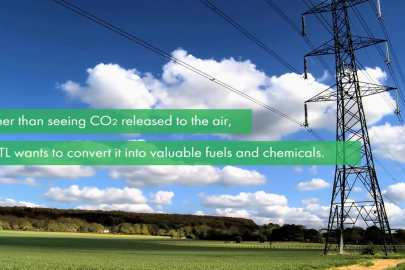 Researchers at the National Energy Technology Laboratory developed a new catalyst for turning CO2 into fuel that is much cheaper and works much better than the platinum used today.
Researchers at the National Energy Technology Laboratory developed a new catalyst for turning CO2 into fuel that is much cheaper and works much better than the platinum used today. -
NETL Director Dr. Grace Bochenek today unveiled a contemporary new logo designed to reinforce the Laboratory’s brand as the nation’s prominent fossil-energy science and engineering research center.



